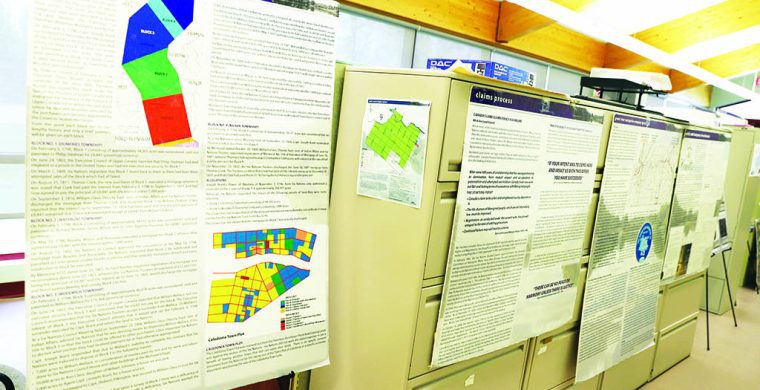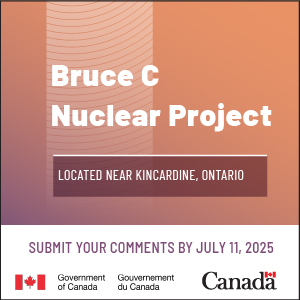By Lisa Iesse Writer SIX NATIONS OF THE GRAND RIVER – Six Nations Lands and Resources director Lonny Bomberry is getting ready for round two. Watching while Six Nations people looked over the decades of research needed to produce Six Nations multi-billion dollar land rights case, he said they aren’t finished yet. Turtle Island News caught up with him during an Open House at the Six Nations Lands and Resource Office. Bomberry was just back at Six Nations after last weeks hearing in a Toronto court.. After three days of hearings, including a challenge to whether or not the 1784 Haldimand Proclamation was a treaty, he said Six Nations will now be submitting an amended motion in June making it clear the Haldimand Deed created the Six Nations reserve. Bomberry…
Six Nations billion-dollar battle about right to know what happened to its lands and money











